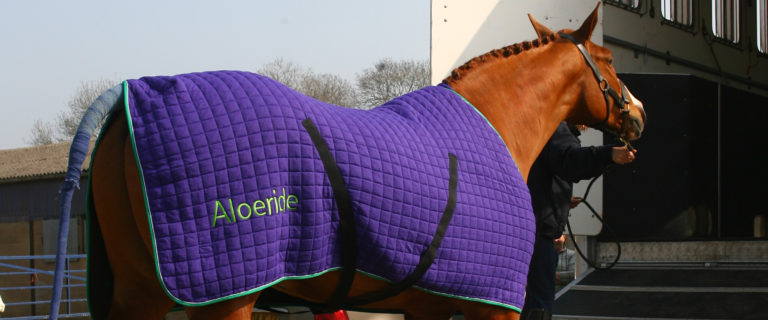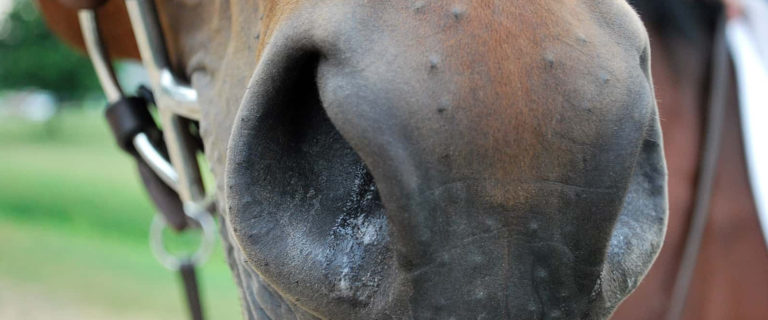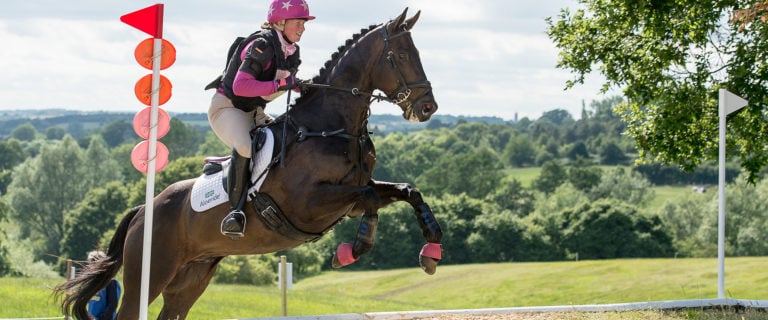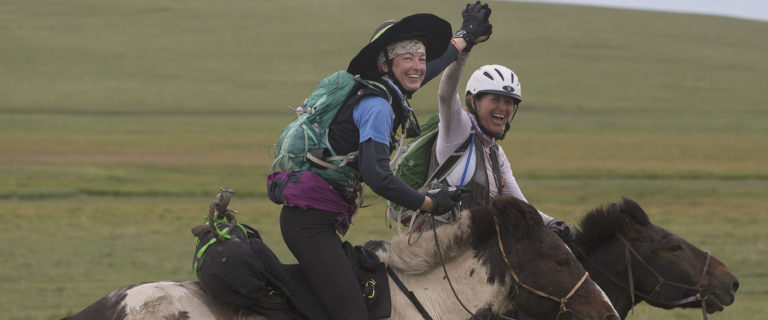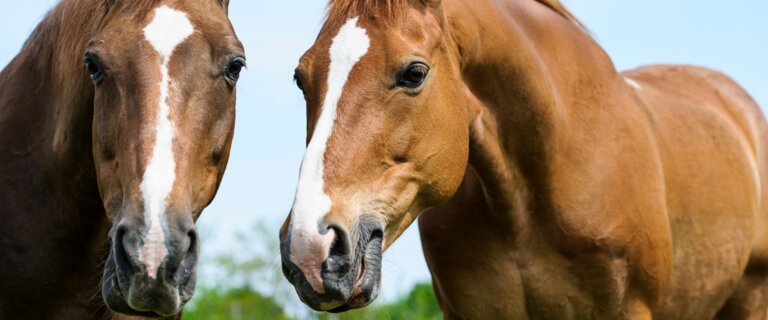Electrolyte Status During Exercise
Every Flat or Jump Racing jockey, Endurance rider or Three Day Eventer knows the huge importance of keeping their horse hydrated. This starts with allowing your horse to drink ad libitum and what can you do and should you do beyond that? What makes the difference: feeding electrolyte status during exercise! This post talks you through what you can do, should do, how it works and how simple it can be to get this right:
Anyone who did chemistry in high school knows about osmosis, that is, water following minerals. Anyone who has spent time in the tropics will have seen that knowledge in action. For it is the rationale behind salt tablets which stop you from drying out. So, whatever else influences the hydration of your horse(s), mineral loading is as basic as it gets when it comes to equine hydration and safety for exercise-induced heat management.
Losing more than electrolytes
Equine sweat, beyond water, consists of electrolytes and glycoproteins, surfactants and proteins associated with skin defense. The main surfactant is latherin which greatly reduce the surface tension of water in sweat when this has a very low concentration, and this helps sweat spread out along the hairs for quicker evaporation (heat loss). The white lather you see on a sweaty horse is due to a lot of Albumin and a little Globulin in sweat and of course latherin. High-intensity prolonged exercise produces more dilute sweat (water content > solubles content) than low-intensity prolonged exercise does, which seems logical because it’s the water on the skin/coat evaporating that effects the cooling. In humid conditions, sweat doesn’t evaporate easily, thus doesn’t cool, so even more sweat is produced which increases the chance of dehydration. It’s reasonable to say that during Racing the ‘heat is on’ more compared to, say, Endurance in the UK, so the cooling need is proportional and sweat composition differs. Confusion arrises when it comes to the solubles notably the electrolyte loss. Which ones does your horse loose?
An athletic horse must dissipate about 4x more metabolic heat per unit of body surface during exercise than human athletes, this is compensated for by a higher rate of skin and respiratory heat loss. The price to pay for skin heat loss is electrolyte loss.
You may have read research papers on equine sweat reporting that ‘equine sweat has a higher Sodium concentration, a significantly higher Chlorine concentration and 10-20 times higher Potassium concentration than serum has’. Na, K and Cl is a very narrow scope compared to the sweat mineral analyses I authorised via a London laboratory for my patients: Zinc, Copper, Nickel, Chromium, Magnesium, Manganese, Sodium, Potassium, Lead, Cadmium and Aluminium. This merely highlights that you only know as much as you measure! The sweat of your horse will contain every single electrolyte in its feed that was absorbed into its body, but obviously some in greater quantity than others. This is where racehorse trainers, racing yards and competitive endurance riders should prick up their ears. Here is an opportunity for competitive gain and, from my perspective an opportunity for cleverer equine husbandry. Retaining hydration depends on electrolyte status during exercise.
“Both these horses were very expensive young horses and they have numerous problems which we try and manage… making the point that the horse had lost its way and we put his rejuvenation largely down to Aloeride!” Sophie Leech (Leech Racing)
Competitors who seek to counterbalance depletion often look beyond feed. If supplementation is narrow, some electrolyte levels may remain low and if this goes undetected (serum Zinc for instance is the poorest indicator to detect deficiency whereas sweat Zinc is the best) then performance gradually will suffer. You’d be wrong to blame your horse. For example, remember Zinc’s function in leucocytes and the protection this offers a horse against for instance EHV (read about the help Aloeride gave in equine influenza). Nutrient depletion is easy to miss. If, on the other hand, supplementation not only delivers a wide spectrum of in-natural-ratio nutrients but also helps absorption of dedicated feed for your athletic horse, then you have created a double nutritional advantage. Retaining hydration depends on electrolyte status during exercise.
The balanced loss wins
Water leaving your horse -we’ll leave urination out of the equation- happens via three routes: through the skin by diffusion, via the sweat glands by secretion and via the lungs by evaporation. You have a handle on the first two and you can improve both of them simultaneously. Skin lipids in the stratum corneum are the main barrier to water movement through skin (stratum corneum cells are embedded in a lipid-rich matrix which helps to hold them together). The quality of these fats determine how easy it is for water to penetrate the skin (ingress) and to be lost via diffusion, I discussed fats in the ‘safer by sebum’ paragraph in Support For Coat Health and Shine. That’s diffusion sorted.
Water (and solubles) loss via sweat glands is a functional response of their β2-adenergic receptors to adrenaline in blood circulation. During exercise, hard working muscles generate metabolic heat → increased cardiac output → increased circulation through skin → cooling by sweat gland water evaporating. As core heat increases further, sweat changes from a high electrolyte-to-water ratio to a comparative low electrolyte-to-water ratio yet the sweat glands do not have a control mechanism over what flows out. Why doesn’t a horse lose more of the same sweat composition? This is where inorganic-mineral-dependent osmosis provides a natural force to keep the water in.
The take-home message is twofold: 1) horses that are fed sufficient of a broad electrolyte base will withstand depletion by sweating 2) horses that are fed a sufficient broad electrolyte base have a good osmotic reserve to limit the water loss. Veterinary checks on horses participating in racing and endurance and that are supplmented with Aloeride in addition to appropriate feed, consistently pass such checks with flying colours. Aloeride is NOPS negative and doesn’t contain synthetic molecules.


 “Both these horses were very expensive young horses and they have numerous problems which we try and manage… making the point that the horse had lost its way and we put his rejuvenation largely down to Aloeride!” Sophie Leech (
“Both these horses were very expensive young horses and they have numerous problems which we try and manage… making the point that the horse had lost its way and we put his rejuvenation largely down to Aloeride!” Sophie Leech (
